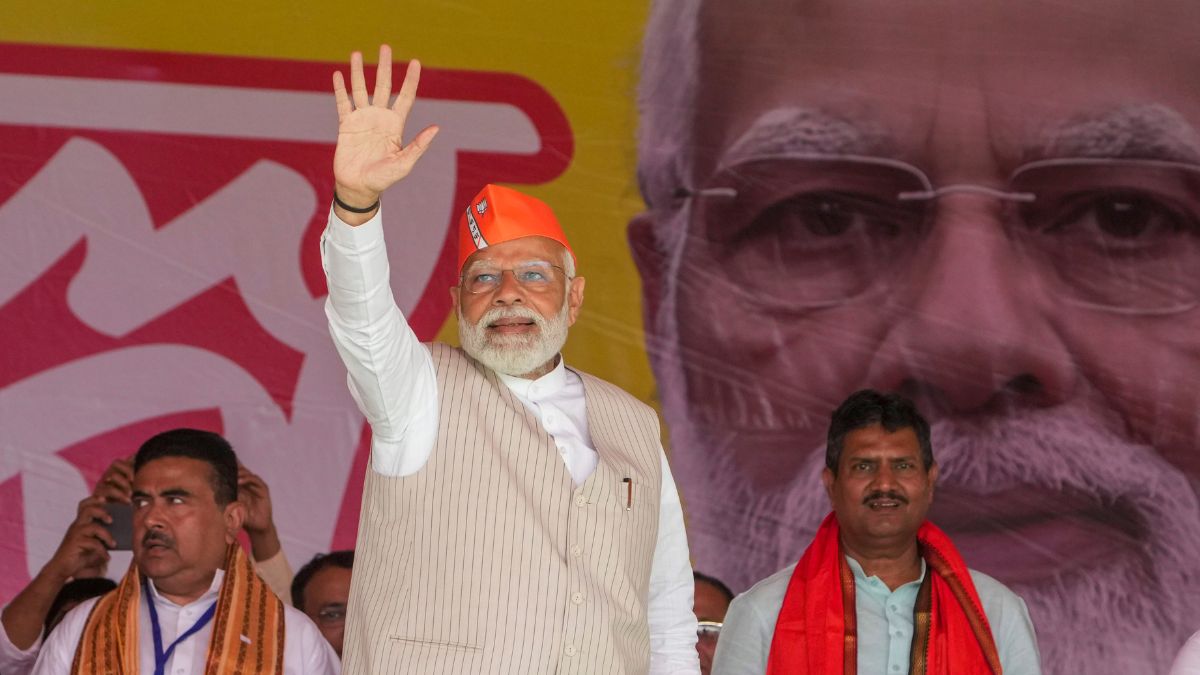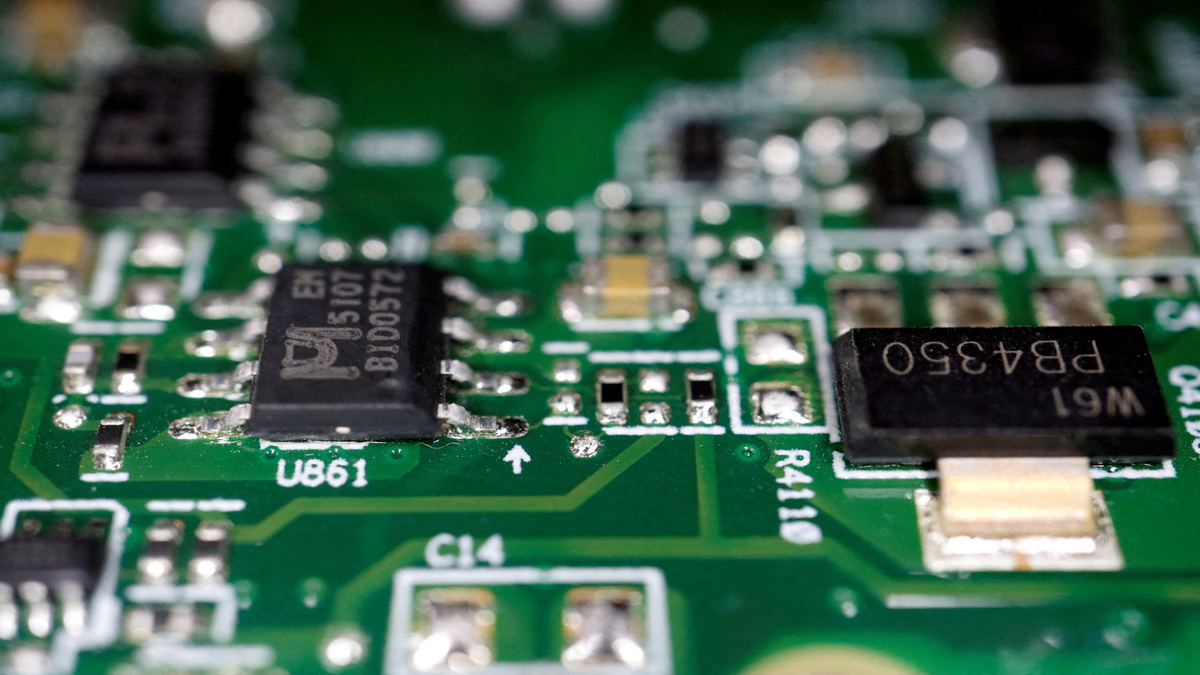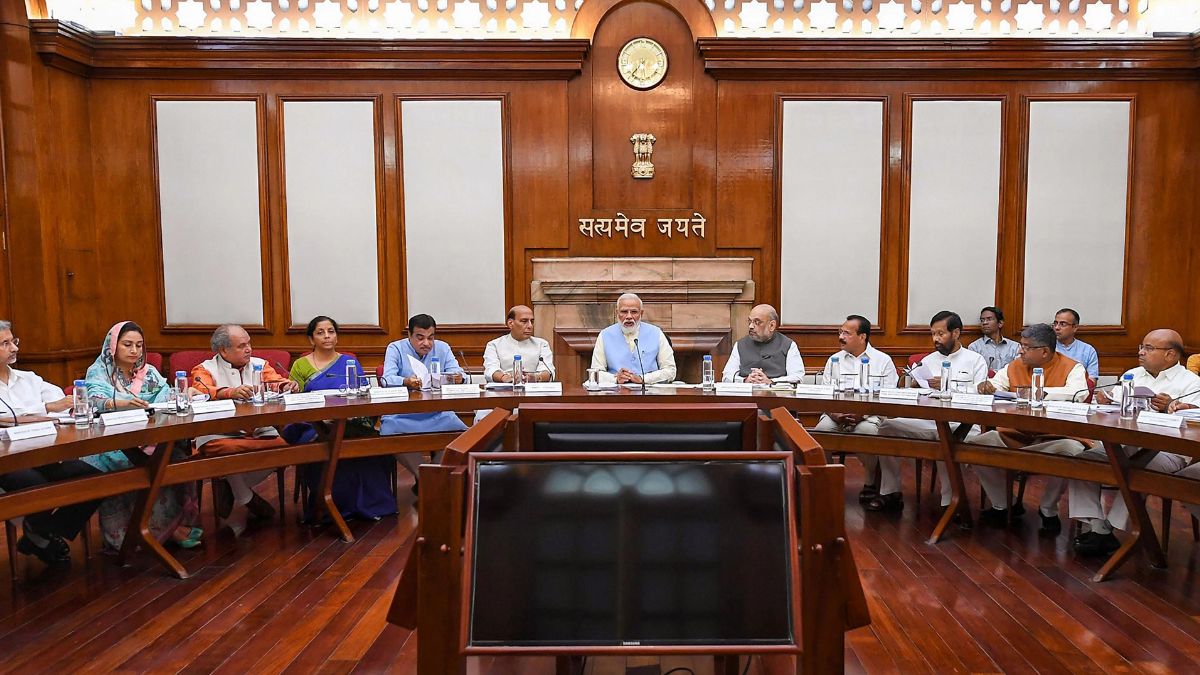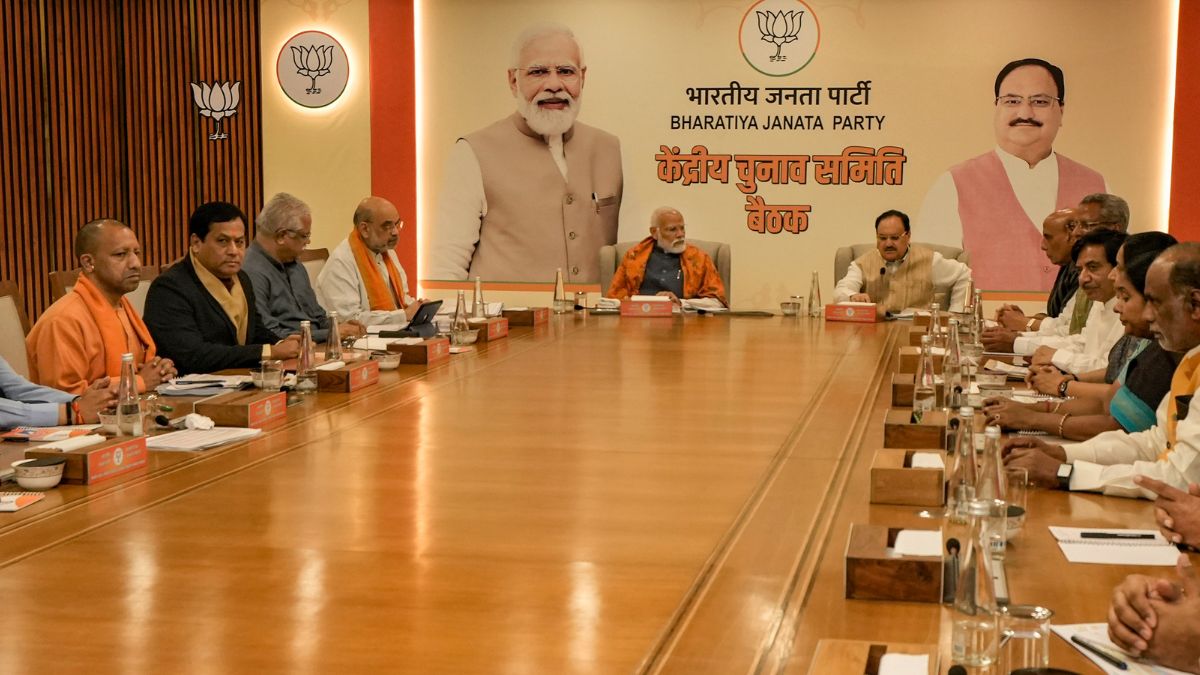The largest state of the country, Uttar Pradesh is going to polls in a six-week-long electoral battle. Political pundits, psephologists, journalists along with the political stakeholders are on their job and struggling with the question: will the UP Assembly Election 2017 defy the conventional electoral wisdom as we saw in the 2014 General Elections to Lok Sabha? The recent electoral trends have exhibited a differing nature of voting pattern in Lok Sabha and Vidhan Sabha elections, and there is also a gross absence of Narendra Modi like magical reason, a conclusive extrapolation based on 2014 results seems imprudent. Besides, there have been differing findings among different survey (opinion poll) results further complicating the contemplations.
As the statistics show, both the Bahujan Samaj Party (BSP) and Samajwadi party (SP) formed a majority government in 2007 and 2012 Vidhan Sabha elections, respectively with just 30 percent votes. To understand this, one must understand the sociology of the state, which has been suitably cultivated culminating from the social engineering.
As study of the state’s electorate shows the caste composition to include 22 percent upper caste consisting of Brahmin (9 percent), Rajput (6 percent), Tyagi-Bhumihar (2 percent), Baniya (2 percent), Jat (2 percent) and others (1 percent); 40 percent other backward castes consisting of Yadav (8 percent), Kurmi (3.5 percentage), Lodh (2.5 percent), Koiri-Kachhi (3.5 percent), Mallah-Kashyap (2.5 percent), OBC Baniya 2 (percent) and others 18 percent; 20 percent SC-ST consisting of Jatav-Chamar (11 percent), Pasi (3.5 percent), Dhobi (1.5 percent) and others (4 percent); and 18 percent minorities of which Muslims (17 percent) form the largest part followed by Sikh, Jai, Budh and Christians Minorities comprising the rest one percent.
Political studies have found following antecedents affecting voting decisions in the state of Uttar Pradesh: • Electoral outcomes are resultant of emotional outbursts. • Roads and electricity play an important role in repeated electoral success. • The strength of the leadership is a key in deciding the strength of a party. • Relationship chemistry between a leader and voters has gained significance and is the only non-caste-based arithmetic in Uttar Pradesh. From Narendra Modi to Arvind Kejriwal and Nitish Kumar, none have been caste champions. • Relatively high urbanisation acts as an advantage to the Bharatiya Janata Party (BJP). It BJP could win all the municipal corporation mayoral seats during not so “achche din” of the party.
These findings alone, however, aren’t sufficient. Whether or not the electorate will favour the BJP in the UP elections depends on the sociology of the state, which depends a lot on the following grounds: 1) A multi-cornered contest has always been a big reason for the electoral success of the BJP. In the Assembly elections of Assam, Maharashtra, Haryana and Jharkhand, the BJP could win when there was a multi-cornered contest. In the direct contests, as we saw in Delhi and Bihar, despite maintaining the Lok Sabha vote share, the BJP lost. Uttar Pradesh is most certain to witness a multi-cornered contest among the BJP, BSP, SP and a fourth front along with several caste-based political outfits spread across the state.
- Being a fairly large state, Uttar Pradesh has several Muslim political outfits with a noticeable presence. It includes Peace Party (3% vote share and won four seats in 2012), Ulema Council (sizeable presence in 15 seats of Eastern UP) and Quami Ekta Dal (won two seats with a sizeable presence in four districts of Eastern UP has recently merged with the Samajwadi Party). Besides, the Samajwadi Party has had a strong support base among Muslims especially Chief Minister Akhilesh Yadav, who is extremely popular among young Muslims. The BSP too is striving to woo Muslims and has received an encouraging response. The OWaisi brothers All India Majlis-e-Ittehadul Muslimeen (AIMIM) is also striving to make its mark in the state. Then there’s Congress who has been contesting strongly as a party of choice for Muslims of Uttar Pradesh. A statewide consolidation of Muslim votes towards one single party is quite unlikely in UP, but strategic consolidation at constituency level is most certain.
The SP government is currently plagued with its infighting. While excessive Yadavism has annoyed the OBCs, its minority appeasement has also led to disgruntlement among certain sections of the society.
The BSP is once again relying on its alliance-based strategy even though it failed miserably in the 2012 Assembly Election and 2014 Lok Sabha Elections. This time, however, the BSP has changed partners and is now attempting to align with Muslims. With a rising BJP and an annoying SP, the BSP appears to have gained ground among Muslims.
- The Congress’ attempt to relaunch the party through “Kisan connect” could not bring desired results. With reluctant leaders and an absent social support base, congress’ attempt to forge alliance could not see the light of the day. The Congress is still a party of preference for Muslims of the state as a Deoband by-poll result stated, but in the event of not having a sizeable support fails to become a challenge.
The BJP has thoughtfully cultivated leadership from the state with a definite identity, all of whom have been successfully generating enough affiliation and empathy among different sections of the society across the state.
Besides, the cadres of the BJP and the Rashtriya Sevak Sangh in Uttar Pradesh have always been strong and has helped the party form a government thrice in the state including offering a win over 90% seats in the General Elections to Lok Sabha in 2014.
An analysis of the electorate shows that the upper caste voters in Uttar Pradesh appear consolidated towards the BJP. The party has also received support from non-Yadav OBC’s who after getting disgruntled from the SP have reciprocated to the deliberate measures of the BJP. The BJP has also been focussing on non-Jatav SCs. The sociology of the Uttar Pradesh provides for following contribution from different social segments of UP electorate.
In a multi-cornered contest, any party or coalition getting 30 percent of polled vote can form a government with absolute majority. A strategic BJP may eye on 30 percent plus votes. To win Uttar Pradesh, BJP and Prime Minister Modi have to muster the 5 percent floating vote that goes with the wind through campaign management.
The BJP also has to attempt to acquire new social groups through creating attraction of attribute, the similarity of belief and empathetic connect with a hope driving, solution providing, confidence imparting collective campaign. Therefore, an all-inclusive leadership that appears free from caste or geographical bindings and represents all social segments is a must. It also has to carve out a section especially youth and females from traditionally non-supporting social and demographic segments through positive campaign and promise.


)




)
)
)
)
)
)
)
)